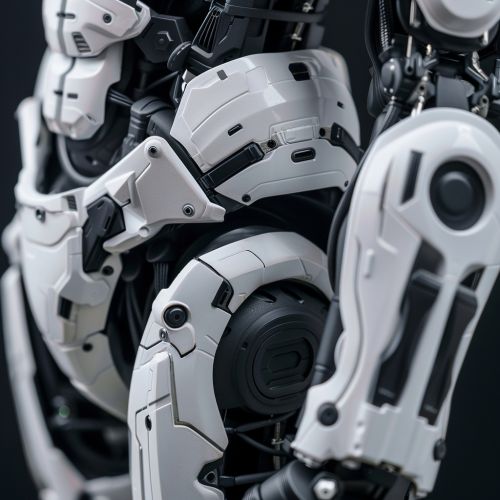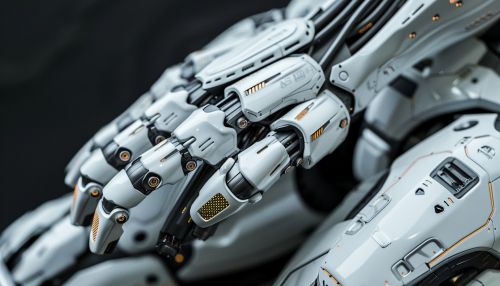Artificial Exoskeleton
Introduction
An artificial exoskeleton, also known as a powered exoskeleton, is a wearable mobile machine that is powered by a system of electric motors, pneumatics, levers, hydraulics, or a combination of technologies that allow for limb movement with increased strength and endurance. Its design is inspired by the natural exoskeleton of insects, which combines rigidity and flexibility through a segmented structure.


History and Development
The concept of an artificial exoskeleton has been a subject of fascination and research for many years. The first known exoskeleton-like device was a set of powered leg braces invented by Nicholas Yagn in 1890, which were intended to help soldiers march longer distances. However, it was not until the late 20th century that significant strides were made in the development of practical and usable powered exoskeletons.
Design and Function
The design of an artificial exoskeleton involves a complex integration of various technologies. The primary components of an exoskeleton include the frame, power supply, actuators, and control system. The frame is typically made of lightweight, durable materials such as carbon fiber or aluminum, and is designed to fit comfortably and securely on the human body.
Applications
Artificial exoskeletons have a wide range of applications in various fields. In the military, exoskeletons are being developed to help soldiers carry heavy loads, move at high speeds, and endure longer periods of physical exertion. In the medical field, exoskeletons are used to assist individuals with mobility impairments, allowing them to walk or move their limbs. In industry, exoskeletons can help workers lift heavy items, reducing the risk of injury and increasing productivity.
Future Prospects
The future of artificial exoskeleton technology is promising, with ongoing research and development aimed at improving the functionality, comfort, and affordability of these devices. Future exoskeletons are expected to be lighter, more energy-efficient, and more adaptable to the user's movements and needs.
